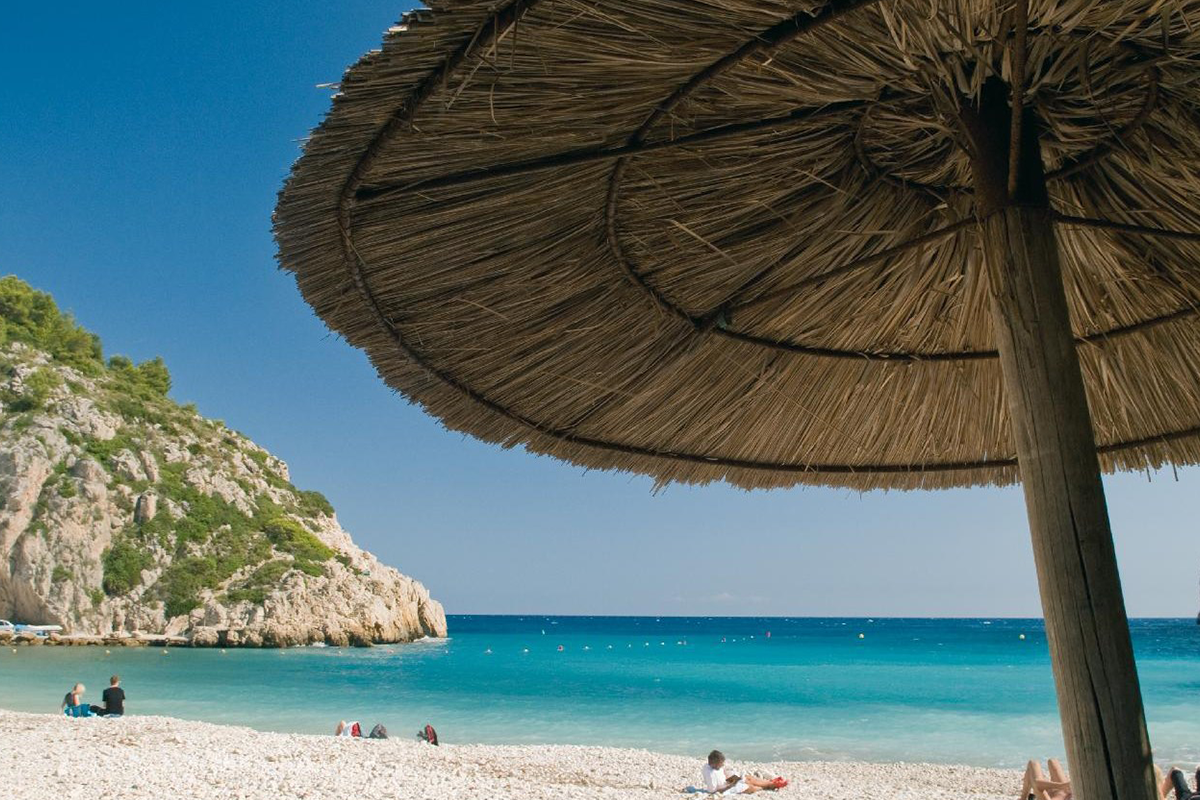
Jávea is located in the north of the province of Alicante, between the capes San Antonio and La Nao. Cabo de la Nao separates the bays of Valencia and Alicante being the westernmost point of the coast of the Valencian Community. The frequent attacks of the pirates made the natives of the town go 2 kilometers from the coast and walled in an enclosure that remained until 1877. This enclosure constitutes the current historical nucleus that, around the Gothic Church of San Bartolomé, characterizes today to Jávea with its whitewashed houses, iron lattices and lintels worked in a porous golden land called “tosca”. Within the historical core we have the Town Hall, the Food Market, the Culture Center, the Archaeological and Ethnological Museum or the Chapel of Santa Ana. All of them can be accessed by a short walk.
At 2 kilometers from the historic center there is the marine and port area known as the Aduanas del Mar, where we must highlight the curious church of Nuestra Señora de Loreto, built in the shape of a keel.
Following the road that runs parallel to the Playa del Benissero you reach the Arenal area where the only National Parador that exists on the Costa Blanca rises and stretches the busiest beach in Jávea: Playa del Arenal. Jávea has 20 kilometers of coastline from Cova Tallá to Cala de la Granadella. There is an interesting mix of fine sand beaches such as the Arenal, small beaches surrounded by pine very suitable for diving as the Granadella and nude beaches such as Ambolo. There are small coves like the Portichol or La Sardinera. Inland we have the most traditional Jávea of the riu-raus or orange groves protected from the harsh continental climate by the natural barrier of the Montgó that unfolds to the north of Jávea, serving as the border between Jávea and Dénia.
